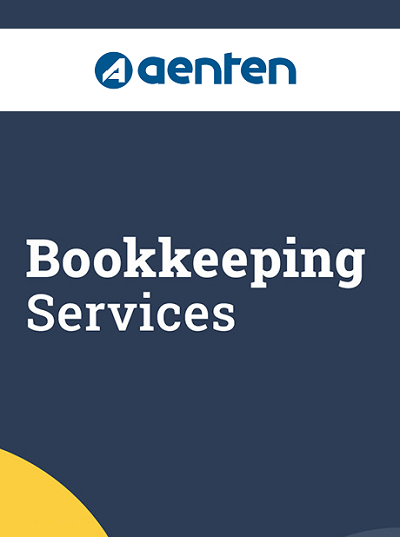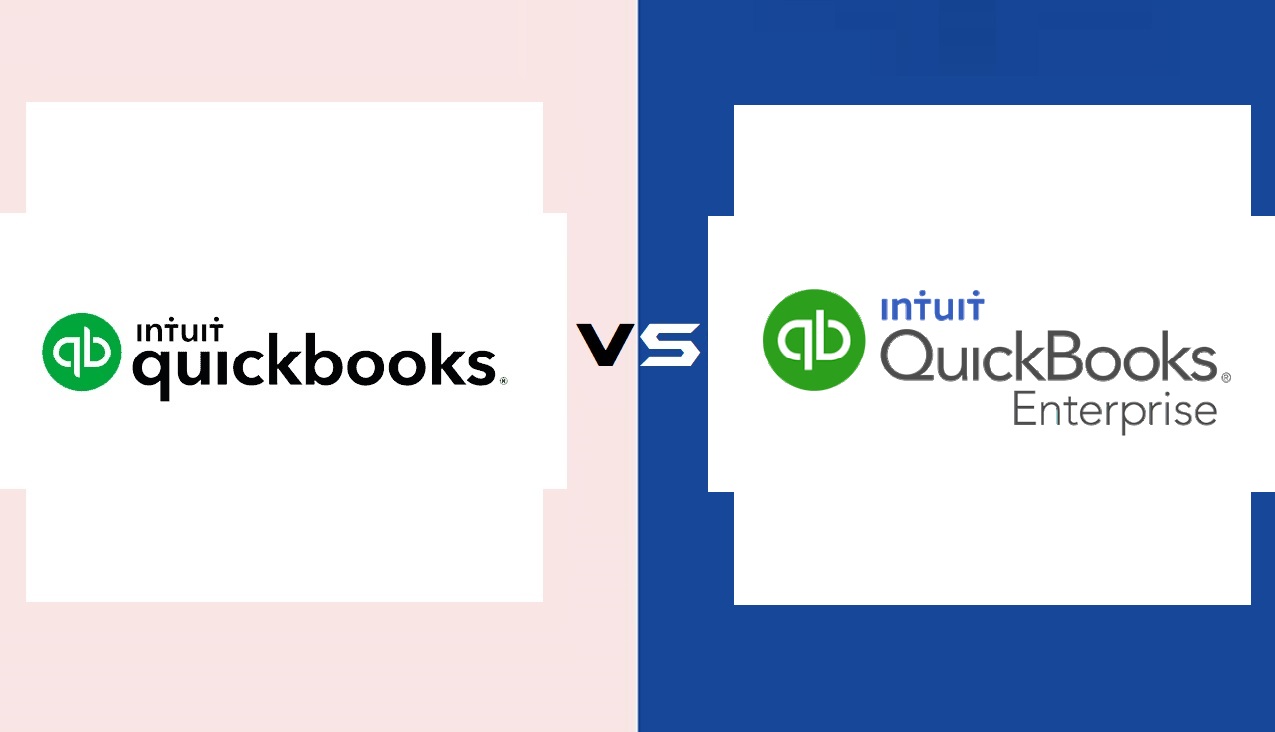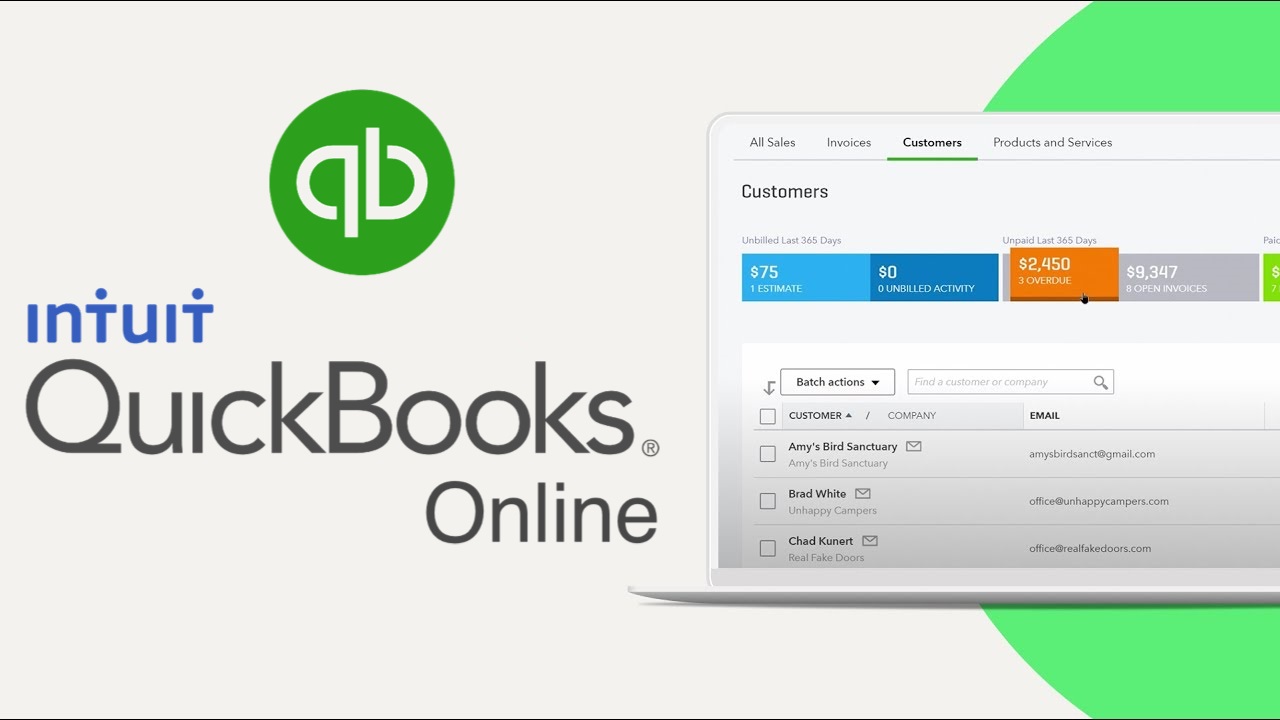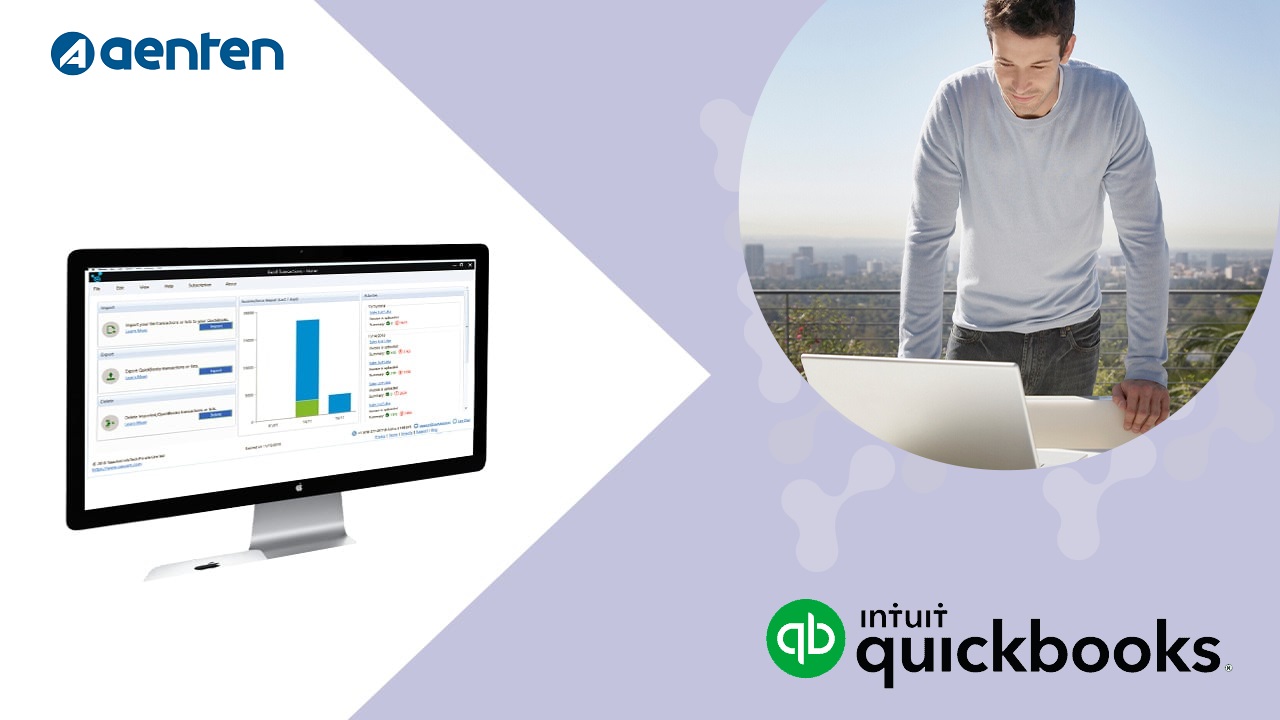When you run a business, one of the most important decisions you’ll make is how to pay yourself. As an owner, you have two options: paying yourself a salary or taking an owner’s draw. Both methods have advantages and disadvantages, and the best approach for you will depend on a variety of factors. In this article, we’ll explore the differences between owner’s draw and salary, and how to decide which is right for you.

What is an owner’s draw?
An owner’s draw is a distribution of profits made by a business to its owners. This type of payment is not considered a salary, and it is not subject to payroll taxes. Instead, the owner’s draw is taken out of the company’s net income after all business expenses have been paid.
Owners can take an owner’s draw whenever they like, as long as the business has sufficient profits to cover it. The amount of the draw is entirely up to the owner, and it can vary from month to month.
What is a salary?
A salary is a fixed amount of money paid to an employee on a regular basis, usually weekly or bi-weekly. This type of payment is subject to payroll taxes, including Social Security and Medicare taxes, as well as federal and state income tax.
Unlike an owner’s draw, a salary is a guaranteed payment that is not dependent on the business’s profitability. The amount of the salary is determined by the employment agreement between the employee and the employer, and it is typically based on factors such as job duties, experience, and industry standards.
Pros and cons of owner’s draw
Pros:
- Flexibility: Owners can take an owner’s draw whenever they like, as long as the business has sufficient profits to cover it. This can be helpful for businesses with irregular income or seasonal fluctuations.
- Tax savings: An owner’s draw is not subject to payroll taxes, which can save the business money. However, owners will still need to pay income taxes on the draw.
Cons:
- Inconsistent income: Because an owner’s draw is not a guaranteed payment, owners may have to adjust their personal budgets to accommodate fluctuations in income.
- Lack of benefits: Since an owner’s draw is not considered a salary, owners may not be eligible for certain benefits that are typically offered to employees, such as health insurance, retirement plans, and paid time off.
Pros and cons of salary
Pros:
- Guaranteed income: A salary provides employees with a stable and predictable income, which can make it easier to budget and plan for the future.
- Eligibility for benefits: Employees who receive a salary are often eligible for benefits such as health insurance, retirement plans, and paid time off.
Cons:
- Higher taxes: Salaries are subject to payroll taxes, including Social Security and Medicare taxes, as well as federal and state income tax. This can result in higher tax liabilities for both the employee and the employer.
- Limited flexibility: Salaries are typically set for a specific period of time, such as a year or six months. This can make it difficult to adjust the employee’s compensation if the business experiences changes in profitability.
How to decide between owner’s draw and salary
The decision to pay yourself with an owner’s draw or a salary will depend on a variety of factors, including:
- Business structure: The type of business you have (sole proprietorship, LLC, S-corporation, etc.) can affect how you pay yourself and the tax implications of your payment method.
- Profitability: If your business is consistently profitable, you may be able to take an owner’s draw on a regular basis. If your profits are more unpredictable, a salary may be a better option.
- Personal financial needs: Your personal financial situation will also play a role in your decision. If you need a stable income to cover your personal expenses, a salary may be a better option. If you have more flexibility and can adjust your personal budget to accommodate fluctuations in income, an owner’s draw may work for you.
- Tax considerations: The tax implications of each payment method should also be taken into account. While an owner’s draw can save the business money on payroll taxes, it may result in higher income tax liabilities for the owner. A salary, on the other hand, is subject to payroll taxes but may result in lower income tax liabilities.
- Benefits: If you need benefits such as health insurance, retirement plans, or paid time off, a salary may be the better option. Owners who take an owner’s draw may not be eligible for these benefits.
Ultimately, the decision to pay yourself with an owner’s draw or a salary will depend on your specific circumstances. It’s important to consult with a tax professional and financial advisor to help you make the best decision for your business and personal finances.
Also Read : How to Pay Yourself As An S Corp Owner.
How to calculate owner’s draw and salary
Calculating an owner’s draw and salary will depend on the specifics of your business and personal financial situation. However, here are some general guidelines to help you get started.
Owner’s draw:
To calculate your owner’s draw, follow these steps:
- Determine your business’s net income. This is the total amount of revenue your business generates, minus all business expenses.
- Decide on the percentage of net income you want to take as an owner’s draw.
- Multiply the net income by the percentage to determine the amount of the owner’s draw.
For example, if your business generates $100,000 in net income and you want to take a 50% owner’s draw, the amount of the draw would be $50,000.
Salary:
To calculate your salary, follow these steps:
- Research industry standards and determine a fair market value for your job duties and experience.
- Decide on the frequency of payment (weekly, bi-weekly, etc.) and the amount of the salary.
- Calculate the payroll taxes that will be withheld from your salary, including Social Security and Medicare taxes, federal income tax, and state income tax.
For example, if the fair market value for your job is $60,000 per year and you want to be paid bi-weekly, your salary would be $2,307.70 per pay period. The payroll taxes withheld would depend on your specific tax situation and the state in which you live.
Conclusion
Deciding between an owner’s draw and a salary can be a complex decision, but it’s an important one for business owners to make. Consider your personal financial needs, the tax implications of each payment method, and the benefits you may be eligible for. Consult with Aenten tax professional and financial advisor to help you make the best decision for your business and personal finances.




